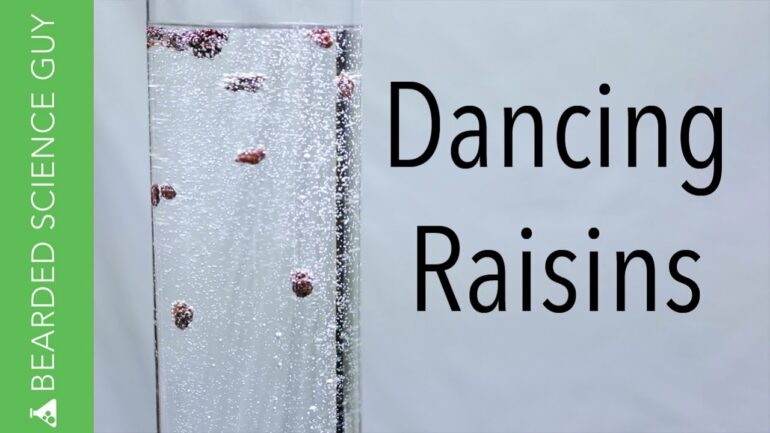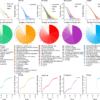Scientific discovery doesn’t always require a high-tech laboratory or a hefty budget. Many people have a first-rate lab right in their own homes – their kitchen.
The kitchen offers plenty of opportunities to view and explore what physicists call soft matter and complex fluids. Everyday phenomena, such as Cheerios clustering in milk or rings left when drops of coffee evaporate, have led to discoveries at the intersection of physics and chemistry and other tasteful collaborations between food scientists and physicists.
Two students, Sam Christianson and Carsen Grote, and I published a new study in Nature Communications in May 2024 that dives into another kitchen observation. We studied how objects can levitate in carbonated fluids, a phenomenon that’s whimsically referred to as dancing raisins.
The study explored how objects like raisins can rhythmically move up and down in carbonated fluids for several minutes, even up to an hour.
An accompanying Twitter thread about our research went viral, amassing over half a million views in just two days. Why did this particular experiment catch the imaginations of so many?
Bubbling physics
Sparkling water and other carbonated beverages fizz with bubbles because they contain more gas than the fluid can support – they’re “supersaturated” with gas. When you open a bottle of champagne or a soft drink, the fluid pressure drops and CO₂ molecules begin to make their escape to the surrounding air.
Bubbles do not usually form spontaneously in a fluid. A fluid is composed of molecules that like to stick together, so molecules at the fluid boundary are a bit unhappy. This results in surface tension, a force which seeks to reduce the surface area. Since bubbles add surface area, surface tension and fluid pressure normally squeeze any forming bubbles right back out of existence.
But rough patches on a container’s surface, like the etchings in some champagne glasses, can protect new bubbles from the crushing effects of surface tension, offering them a chance to form and grow.
Bubbles also form inside the microscopic, tubelike cloth fibers left behind after wiping a glass with a towel. The bubbles grow steadily in these tubes and, once they’re big enough, detach and float upward, carrying gas out of the container.
But as many champagne enthusiasts who put fruits in their glasses know, surface etchings and little cloth fibers aren’t the only places where bubbles can form. Adding a small object like a raisin or a peanut to a sparkling drink also enables bubble growth. These immersed objects act as alluring new surfaces for opportunistic molecules like CO₂ to accumulate and form bubbles.
And once enough bubbles have grown on the object, a levitation act may be performed. Together, the bubbles can lift the object up to the surface of the liquid. Once at the surface, the bubbles pop, dropping the object back down. The process then begins again, in a periodic vertical dancing…



